Geoglyphs of Pintados. Iquique - CHILE
Direccion:
95 kilometros de Iquique The geoglyphs of Pintados are located in the Pampa del Tamarugal, in the Tarapacá Region. They are located approximately 95 kilometers away from the city of Iquique, in the commune of Pozo Almonte and about 1,035 meters above sea level. In this place, more than 60 panels have been identified, which include around 450 figures, occupying an area of ??50,000 km2 in a length of 3 km.
The Geoglifos de Pintados were built by pre-Hispanic peoples on the slopes of the hills between 700 and 1500 AD, and most of them used a technique that consists of extracting surface material from the hill, to generate a contrast between the removed surface and natural of the hill. They represent geometric figures, zoomorphic and anthropomorphic. It is estimated that they were carried out to fulfill guide functions in the routes, useful for the caravans of travelers who crossed different ecological zones, communicating the pampa with valleys, gorges, mountain ranges and coastal zones. It is also speculated that they have been used to indicate water flows, accompany local rites or represent belonging.
Due to its archaeological, historical and patrimonial importance, this site was declared a National Monument in 1939. Later this site was included in the territory that includes the National Reserve of the Pampa del Tamarugal, created by decree of the Ministry of Agriculture in 1988.

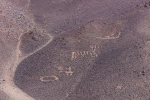

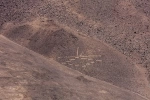
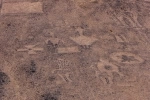


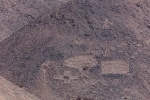

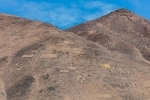



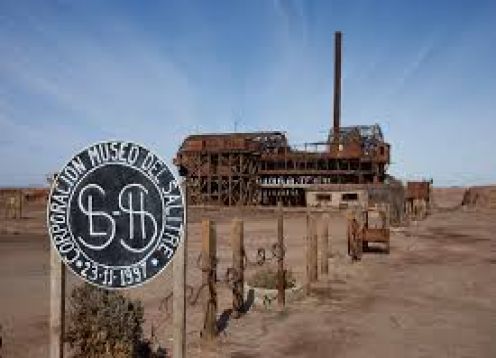



 22 Reviews
22 Reviews